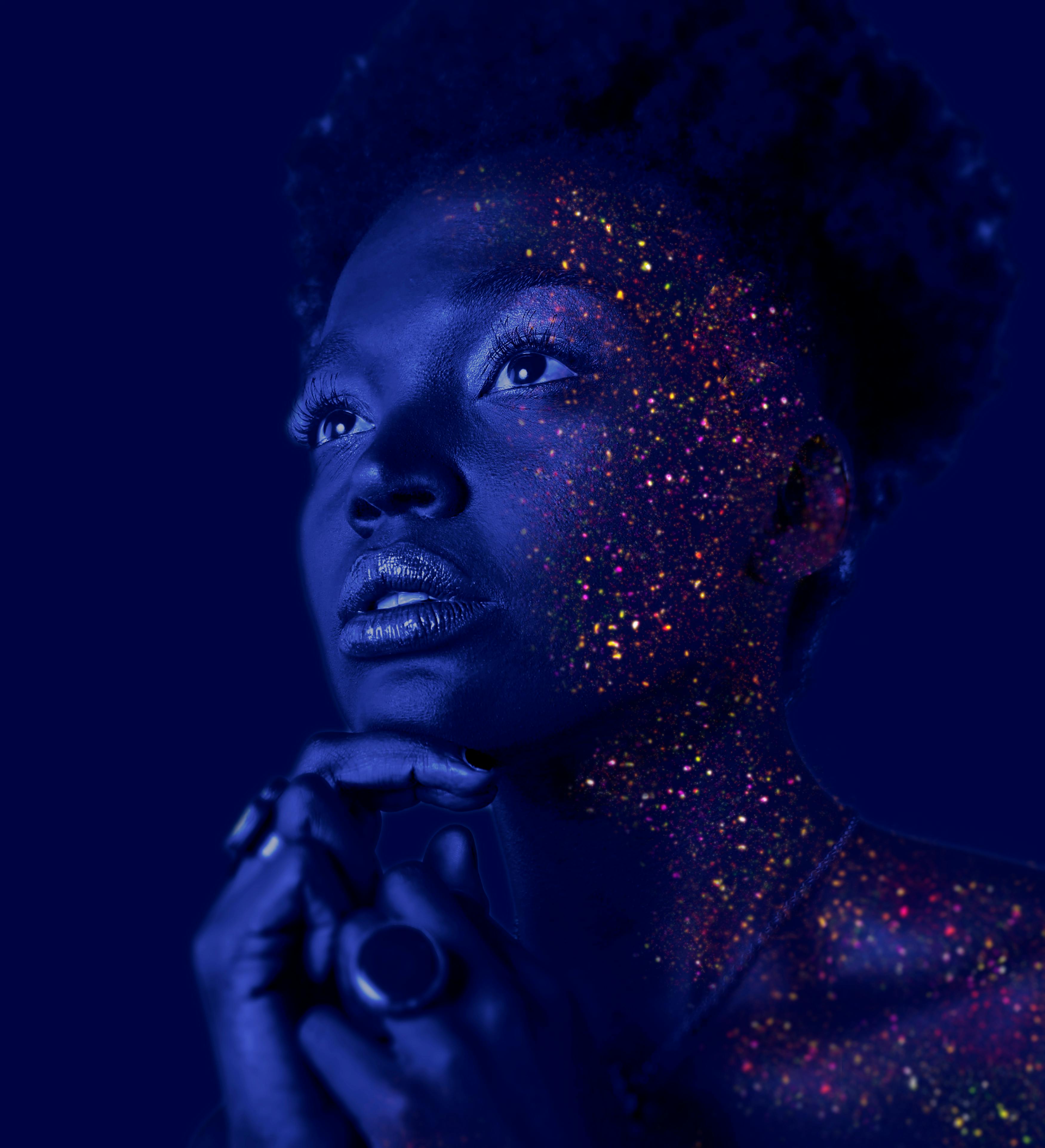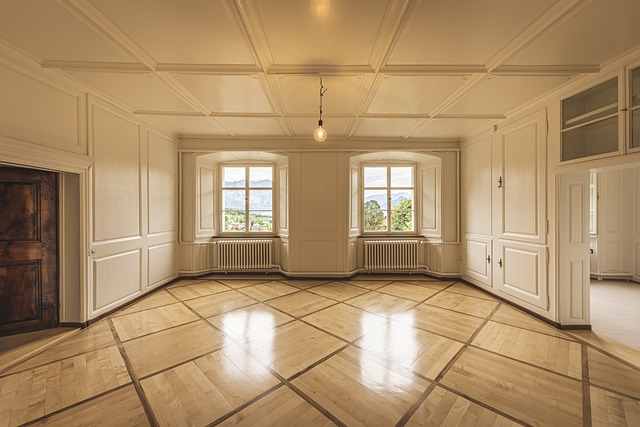A Modern Renaissance: The Intriguing World of Virtual Reality in Art
The world of art is witnessing a modern renaissance: the rise of virtual reality (VR). This seemingly futuristic technology is pushing the boundaries of artistic expression, revolutionizing the viewer experience, and breathing new life into the arts industry.

A Historical Perspective: The Birth and Rise of Virtual Reality in Art
The concept of virtual reality, though appearing modern, has deeper roots than one might presume. Early attempts at creating immersive experiences date back to the panoramic murals of the 19th century. The term itself, however, was coined in the late 20th century, as technology evolved to support such innovative endeavours. It wasn’t until the early 21st century that VR truly began to permeate the art world, providing artists with a new medium to explore and experiment with.
Up-to-the-Minute: The Current State of VR in Art
In recent years, VR has become more sophisticated, accessible, and consequently, more integrated into the world of art. It has been utilized in major art exhibitions and festivals, with institutions like the Museum of Modern Art in New York and the Tate Modern in London leading the way. These venues have showcased VR art pieces that transport viewers to different realities, allowing them to interact with and influence the artwork.
Impact and Significance: The Transformation of Artistic Experiences
The use of VR in art has not only expanded the possibilities for artists but has also fundamentally changed the viewer experience. The immersive nature of VR empowers viewers to step into the artwork, explore it from various angles, and experience it in a way that’s impossible in traditional mediums. This has profound implications for the ways in which we understand and appreciate art.
The Reception: Embracing the Future of Art
While the incorporation of technology into art has often been met with skepticism, the reception of VR in the art world has been largely positive. Critics and audiences alike have praised its potential to create immersive, interactive experiences. Despite the challenges that come with adopting new technology, many believe that VR represents the future of artistic expression.
Looking Forward: The Potential of VR in Art
The potential of VR in art is immense. As technology continues to advance, we can expect to see even more innovative uses of VR in art. From virtual art galleries and immersive installations to VR art classes and tools, the possibilities are endless. Despite being in its early stages, VR has already shown its ability to revolutionize the art world, and its potential is only just beginning to be realized.
In conclusion, the rise of VR in art represents a modern renaissance in the industry. As we move forward, it will be exciting to observe how this technology continues to shape artistic expression and viewer experience, marking a new era in the world of art.




